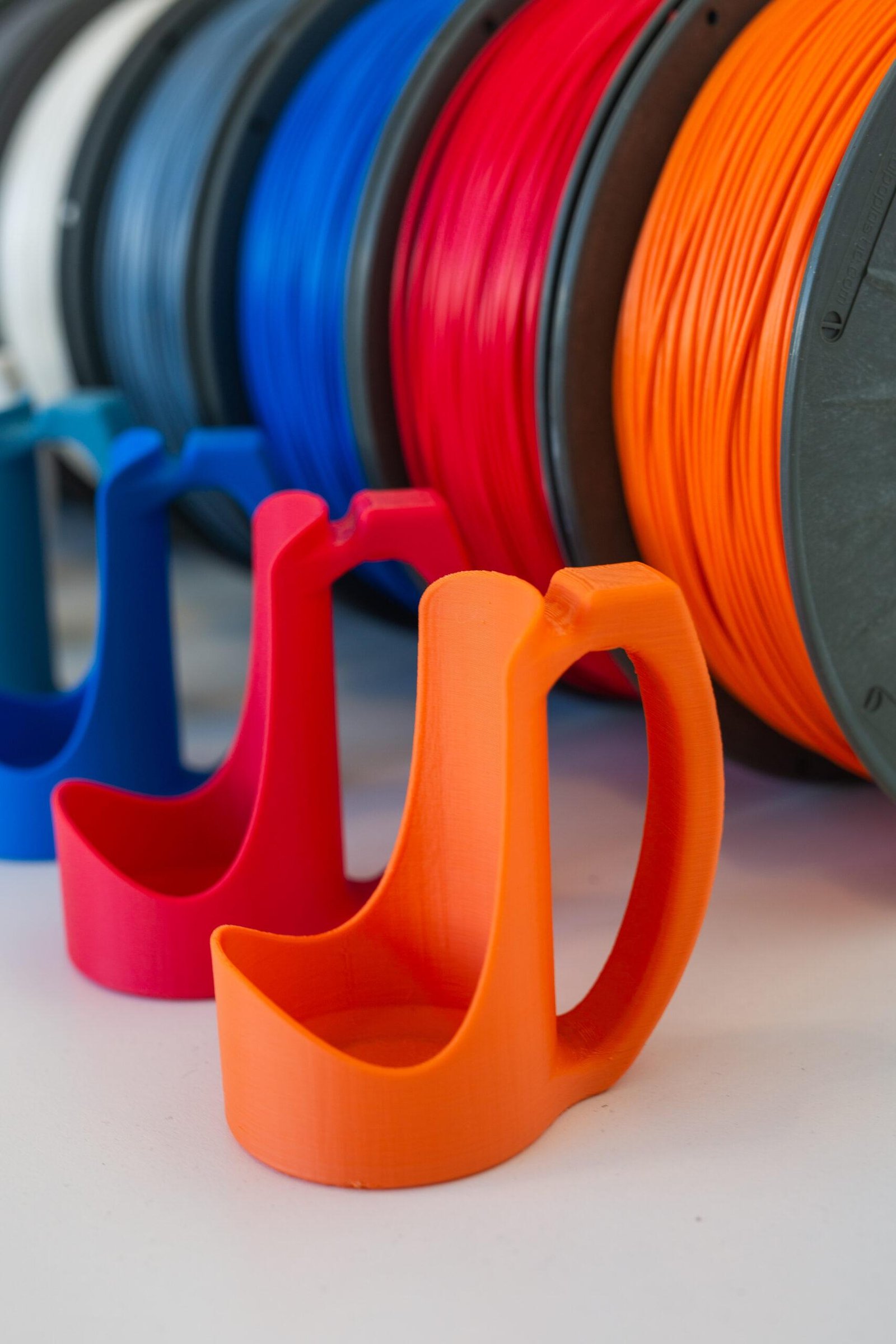When it comes to building a more sustainable future, every industry is looking for actionable ways to reduce their carbon footprint. For those in 3D printing, the good news is that both innovation and opportunity are on your side. Whether you’re an established manufacturer or a growing workshop, resources like Filalab’s guide to reducing CO₂ emissions with recycled materials can help you get started—but the path to greener production is made even smoother when government incentives and grants come into play.
The Push Toward Low-Carbon Manufacturing in 3D Printing
Governments across the globe are ramping up efforts to encourage cleaner production, and 3D printing is uniquely positioned to benefit. Unlike traditional manufacturing, 3D printing already uses less material, minimizes waste, and enables more energy-efficient production. But going one step further—by switching to recycled or low-carbon filaments, optimizing your energy sources, or investing in innovative processes—often requires an upfront investment. This is where government support becomes invaluable.
Why Low-Carbon Production Matters in 3D Printing
The environmental impact of manufacturing has never been under more scrutiny, and customers are increasingly looking for products made responsibly. In 3D printing, the raw materials—filaments—are a focal point. Traditional plastic-based filaments are petroleum-derived and can be energy-intensive to produce. In contrast, using recycled or biobased filaments slashes CO₂ emissions, lowers resource consumption, and aligns your business with emerging sustainability standards.
On the market side, demand for sustainable 3D printing is growing fast. Industries from automotive to consumer goods are searching for partners who share their environmental priorities. If your company can demonstrate low-carbon practices and products, you’ll have a serious edge—both in reputation and in contracts.
Types of Government Incentives and Grants Available
Governments and environmental agencies are offering a wide spectrum of financial support to speed up the transition to low-carbon manufacturing. These include:
- Tax Credits and Deductions: Many countries offer tax relief for companies investing in renewable energy systems, energy-efficient machinery, or sustainable raw materials. These credits can significantly reduce the upfront cost of upgrades.
- Direct Grants: These are funds you do not have to pay back, usually awarded for specific projects such as developing a recycled filament line, testing new low-carbon processes, or retrofitting production facilities.
- Subsidies for Renewable Energy: You can receive subsidies to offset the cost of switching your manufacturing operations to renewable energy sources, such as solar or wind.
- Innovation Funding: R&D grants are available for companies developing new sustainable products, materials, or recycling technologies, including those targeting circular economy models in 3D printing.
Key Programs and Agencies Offering Support
Depending on your location, there are a range of programs you may be able to access:
- European Union: Programs like Horizon Europe fund innovative low-carbon manufacturing initiatives, while LIFE and EIC Accelerator support SMEs developing sustainable solutions.
- United States: The Department of Energy (DOE) and Environmental Protection Agency (EPA) both run programs supporting low-carbon manufacturing and sustainable materials. The Advanced Manufacturing Office is a particularly useful resource.
- Other Regions: Many countries offer their own versions of green business grants, often at both the national and local levels. In Asia, Japan and South Korea have special programs for advanced manufacturing, including 3D printing.
- Industry-Specific Grants: Additive manufacturing is a hotbed for innovation funding. Industry associations often collaborate with government bodies to create sector-targeted grant schemes.
How to Qualify for Low-Carbon Incentives
Eligibility requirements vary, but most programs expect applicants to demonstrate a clear environmental impact—like measurable reductions in CO₂ emissions or waste. Some tips:
- Maintain thorough documentation of your manufacturing processes, material sourcing, and energy usage.
- Invest in certifications like ISO 14001 or proof of compliance with environmental standards.
- Be ready to provide case studies or data showing your sustainability efforts and their outcomes.
Success Stories: Companies Leveraging Grants for Sustainable Growth
Across the globe, there are 3D printing startups and established firms alike who have tapped into government funding to transform their operations. For example, some have developed entirely new recycled filament lines with the support of EU Horizon grants, while others have implemented solar-powered production lines through U.S. DOE subsidies. These initiatives not only reduced emissions but also opened up new markets and made their businesses more resilient to regulatory changes.
Maximizing Your Chances: Practical Tips for Applying
- Develop a Strong Business Case: Clearly articulate the environmental benefits and business potential of your low-carbon initiative.
- Collaborate: Partner with research institutions or industry groups for joint grant applications, which are often favored.
- Stay Informed: Grant programs evolve—subscribe to relevant government and industry newsletters to catch new opportunities.
Embracing a Low-Carbon Future in 3D Printing
Government incentives and grants are not just financial boosts—they’re strategic springboards into a greener, more competitive future. By leveraging available resources, your 3D printing business can accelerate innovation, reduce environmental impact, and position itself as a leader in sustainable manufacturing. The journey begins with awareness and a single application, but the benefits will multiply for years to come.

